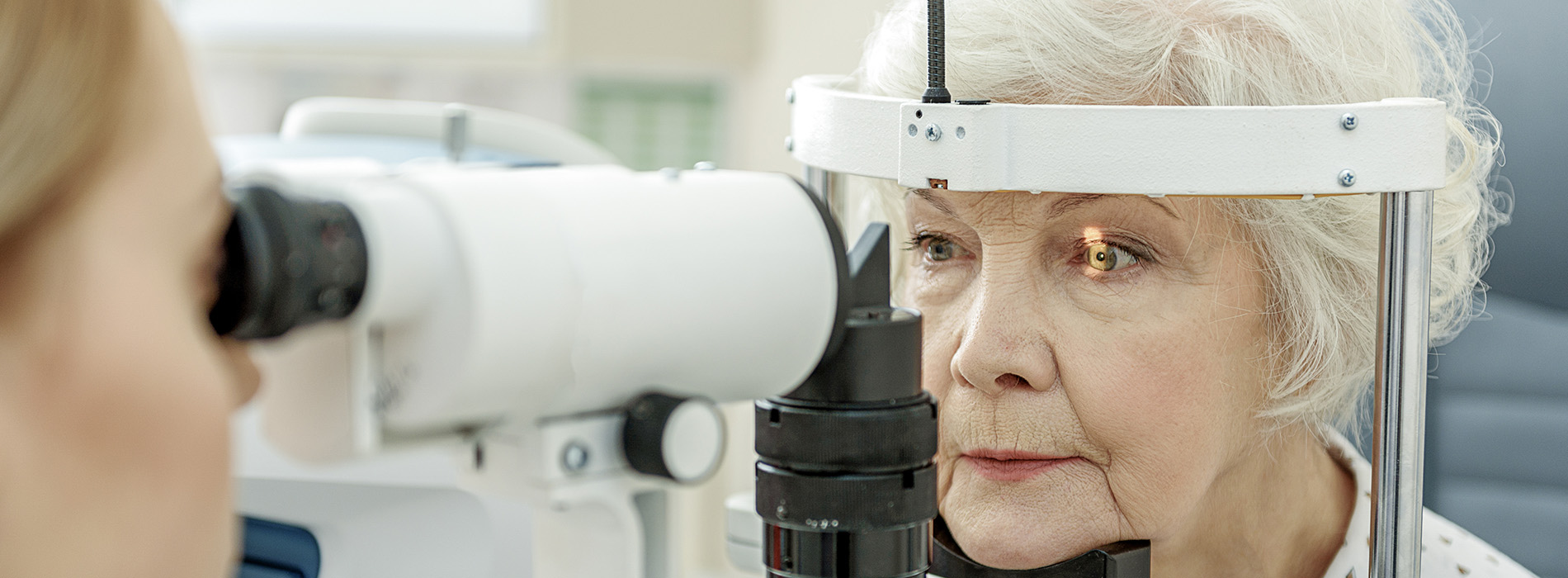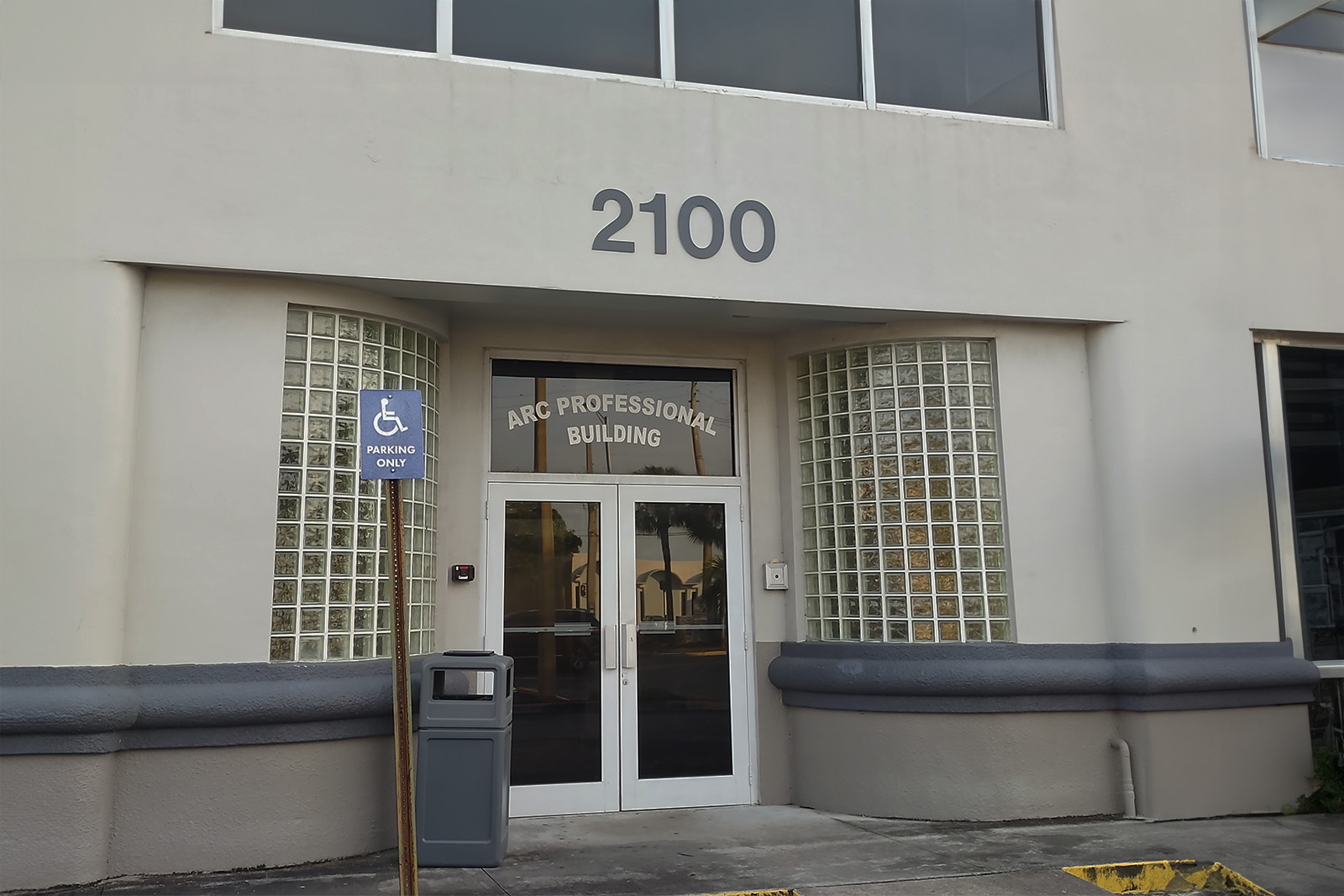
Many people believe a cataract is a growth within the eye. Rather, it is a clouding of the eye’s natural lens that occurs as we age. Our natural lens focuses images onto the back of the eye so we can see clearly, much like the lens of a camera focusing images onto film for a clear picture. When we’re born, this lens is clear, but as we age it yellows, hardens, and eventually becomes cloudy due to layers of protein that gradually build up on the lens. This cloudy lens is referred to as a cataract.
Cataracts obstruct vision. The deterioration in vision is usually gradual, and initially, stronger lighting or new glasses may lessen vision problems caused by this clouding. But the cataract will continue to worsen until vision is significantly impaired. Cataracts can cause blindness if left untreated. Once a cataract develops, surgery is the only way to improve vision. But cataract surgery is nothing to fear. Cataract surgery today is a very safe, simple, and effective procedure that restores vision.
Most cataracts are caused by aging. In fact, more than half of all Americans age 65 and older have a cataract, and virtually everyone will have them removed and replaced with lens implants if they live long enough.
Cataracts can also form as a result of injury to the eye or as a complication from glaucoma or diabetes. In rare cases, cataracts may even be present at birth.
Age-related cataracts generally become noticeable as you reach your early 60s. As the lens becomes cloudier, vision becomes more blurred, but because cataracts start small and develop slowly, most people are not even aware of the gradual deterioration in their vision. Symptoms that could indicate the presence of a cataract include:
Removal of the cloudy lens is the only way to treat a cataract. You should consider surgery when cataracts cause enough vision loss to interfere with your daily activities. The cloudy lens will be replaced by an artificial lens called an intraocular lens (IOL). Until recently, all IOLs provided one vision range – usually targeted for distance tasks. This meant most patients still required glasses for mid- and near-tasks after cataract surgery. However, today there are many replacement lens implants available that provide a fuller range of vision without glasses, and others that correct astigmatism in one step. Dr. Loeffler will consider your unique eye anatomy during your Lens Evaluation and help you decide which lens is best for you based on your individual needs and lifestyle.
Want to learn more? Call our office, located in Lighthouse Point, and serving the greater Pompano Beach, Boca Raton, Deerfield Beach & Ft. Lauderdale areas.
Dr. Loeffler now offers Femtosecond Laser Surgery, a blade blade-free laser cleared for cataract surgery! This innovative new technology overcomes the most challenging aspects of cataract surgery with the precision of advanced laser technology. Contact us today to learn more about this procedure.
